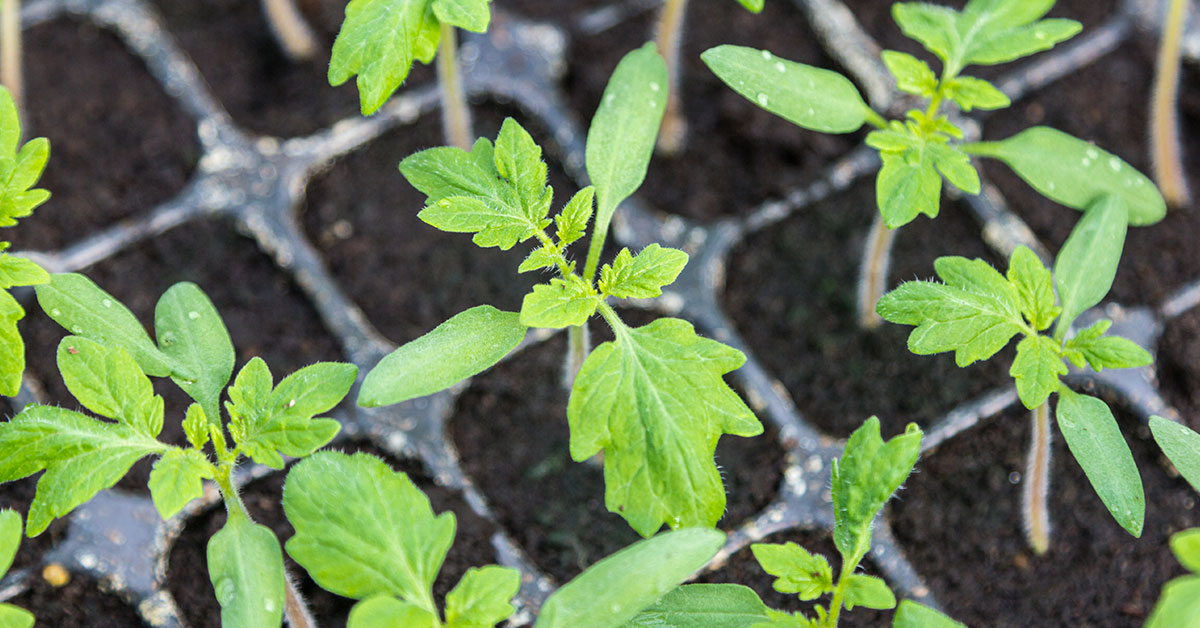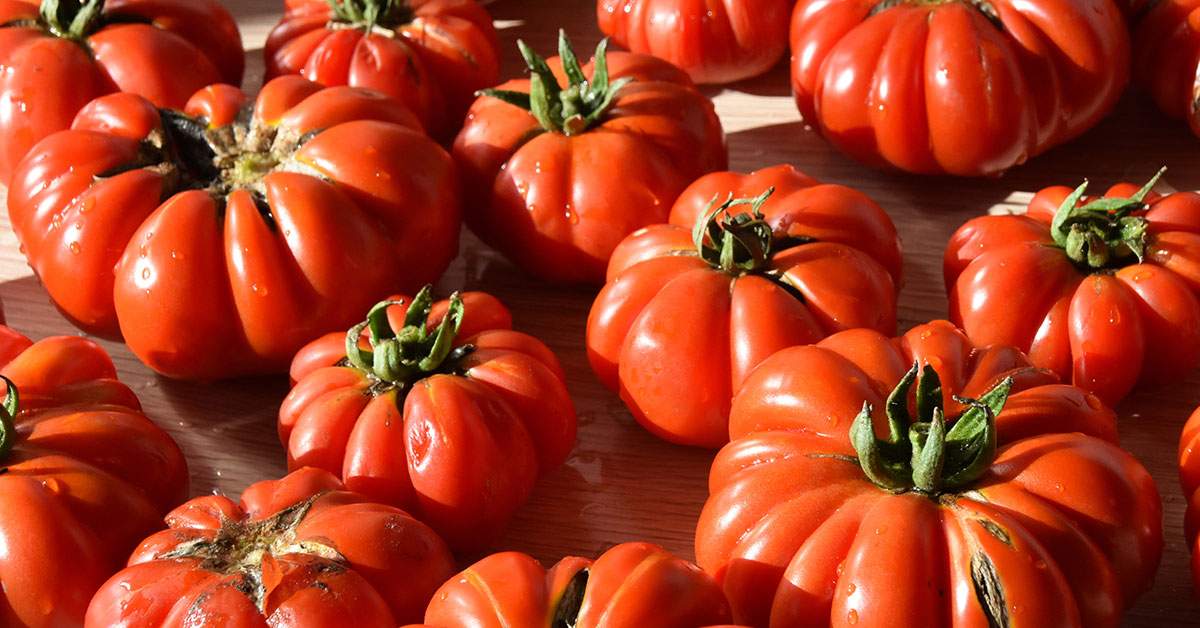Welcome to our comprehensive guide on the best tomatoes to grow in Alaska! If you’re an avid gardener in the Last Frontier, you may be well aware of the unique challenges that come with cultivating plants in this northern state. Alaska’s short growing season, cool temperatures, and extended daylight hours during summer present a distinct set of circumstances for tomato enthusiasts. However, fear not! With careful selection and proper care, you can still enjoy a bountiful harvest of delicious tomatoes. In this article, we will explore the top tomato varieties that thrive in Alaska’s climate, providing you with the knowledge and confidence to grow the best tomatoes possible in the 49th state. So, let’s dive in and discover the perfect tomatoes for your Alaskan garden!
The best tomatoes to grow in Alaska
When it comes to growing tomatoes in Alaska, it is crucial to choose the right varieties that can thrive in the unique climate and shorter growing season. The best tomatoes to grow in Alaska are those that are specifically bred for colder temperatures, have a shorter maturity period, and can withstand the challenges of the northern climate. Here are ten varieties that are well-suited for Alaska’s growing conditions:
- Alaska – As the name suggests, this variety is specifically bred for the Alaskan climate. It is an early-maturing tomato that can produce delicious fruits even in cooler temperatures.
- Glacier – Another excellent choice for Alaska, Glacier tomatoes are known for their ability to set fruit in cooler conditions. They have a compact growth habit, making them suitable for smaller gardens or containers.
- Sub-Arctic Plenty – This variety is highly recommended for Alaska due to its adaptability to cold climates. Sub-Arctic Plenty tomatoes are early maturing and produce abundant yields.
- Siberia – With its short growing season, Siberia tomatoes are perfect for Alaska’s challenging climate. They are cold-tolerant and can produce flavorful fruits in as little as 45 days.
- Polish Linguisa – This unique tomato variety is well-suited for Alaska’s cool summers. Polish Linguisa tomatoes are known for their elongated shape and rich flavor, making them a favorite among gardeners.
- Stupice – Stupice tomatoes are an excellent choice for Alaska’s shorter growing season. They are early maturing and produce tasty, medium-sized fruits that are perfect for salads and sandwiches.
- Northern Delight – This variety is specifically bred for northern regions, including Alaska. Northern Delight tomatoes have a compact growth habit and produce flavorful fruits early in the season.
- Arctic Rose – With its ability to withstand cooler temperatures, Arctic Rose tomatoes are a reliable choice for Alaskan gardeners. They produce medium-sized, juicy fruits that are perfect for slicing.
- Polar Beauty – As the name suggests, Polar Beauty tomatoes are bred to thrive in colder climates. They have a short maturity period and produce sweet, red fruits that are perfect for fresh eating.
- Early Girl – Although not specifically bred for Alaska, Early Girl tomatoes are known for their early maturity and ability to set fruit in cooler conditions. They are a popular choice among gardeners in northern regions.
By selecting from these tomatoes to grow in Alaska, you can ensure a successful harvest even in the face of Alaska’s unique climate challenges. Remember to provide them with adequate sunlight, well-draining soil, and regular care to maximize their growth and productivity.
Avoid growing these tomatoes in Alaska
When it comes to growing tomatoes in Alaska, it is crucial to choose the right varieties that can thrive in the unique climate conditions. While there are numerous tomato varieties available, not all of them are suitable for the Alaskan growing season. Here are ten varieties that should be avoided when attempting to grow tomatoes in Alaska:
- Early Girl: Although Early Girl tomatoes are popular for their early maturity, they may struggle to ripen fully in Alaska’s short growing season.
- Beefsteak: Beefsteak tomatoes require a longer growing season and warmer temperatures to reach their full potential, making them unsuitable for Alaska.
- Brandywine: Brandywine tomatoes are known for their exceptional flavor, but they are not well-suited for Alaska’s cooler climate and shorter growing season.
- Mortgage Lifter: This variety, known for its large fruit, may struggle to ripen fully in Alaska’s limited sunlight and cooler temperatures.
- Big Boy: Big Boy tomatoes require a longer growing season and warmer temperatures to produce their large, juicy fruits, making them challenging to grow in Alaska.
- Celebrity: While Celebrity tomatoes are disease-resistant and perform well in many regions, they may not have enough time to mature fully in Alaska’s shorter growing season.
- Better Boy: Better Boy tomatoes, like Big Boy, need an extended growing season and warmer temperatures to develop their delicious, large fruits.
- Cherokee Purple: This heirloom variety is renowned for its rich flavor but may struggle to ripen fully in Alaska’s cooler climate.
- Lemon Boy: Lemon Boy tomatoes, known for their yellow color and tangy taste, may not have enough time to mature in Alaska’s shorter growing season.
- Black Krim: This unique and flavorful heirloom variety may have difficulty ripening fully in Alaska’s cooler temperatures and limited sunlight.
When selecting tomato varieties for Alaska, it is essential to focus on those that are specifically adapted to cooler climates and have shorter maturity periods. By choosing the best tomatoes to grow in Alaska, gardeners can increase their chances of success and enjoy a bountiful harvest.
Tips for growing tomatoes
When it comes to growing tomatoes in Alaska, it is crucial to choose the best varieties that are well-suited to the unique climate and shorter growing season. Selecting the right tomato varieties can significantly increase your chances of success. Here are some tips and best practices for growing the best tomatoes in Alaska:
- Choose cold-hardy varieties: Look for tomato varieties that are specifically bred for cooler climates and have a shorter maturity period. These varieties are more likely to thrive in Alaska’s challenging conditions. Some recommended varieties for Alaska include Glacier, Sub-Arctic Plenty, Stupice, and Siberia.
- Start seeds indoors: Due to Alaska’s short growing season, it is essential to start your tomato seeds indoors, usually around 6-8 weeks before the last frost date. This will give your plants a head start and allow them to grow stronger before transplanting them outdoors.
- Provide adequate lighting: Since Alaska experiences long daylight hours during the summer, it is crucial to ensure your tomato plants receive sufficient light. If growing indoors, use grow lights to supplement natural light and provide at least 14-16 hours of light daily.
- Harden off seedlings: Before transplanting your tomato seedlings outdoors, gradually expose them to outdoor conditions over a week or two. Start by placing them outside for a few hours in a sheltered spot and gradually increase the time and exposure to direct sunlight. This process helps acclimate the plants to the outdoor environment.
- Protect against frost: Even during the summer, Alaska can experience unexpected frosts. Be prepared to protect your tomato plants by covering them with frost blankets or using protective structures like greenhouses or cold frames. This will help extend the growing season and protect your plants from sudden temperature drops.
- Optimize soil conditions: Tomatoes thrive in well-draining soil that is rich in organic matter. Amend your soil with compost or well-rotted manure to improve its fertility and drainage. Additionally, consider using black plastic mulch to warm the soil and retain moisture, as it can be particularly beneficial in Alaska’s cooler climate.
- Provide wind protection: Alaska’s strong winds can damage tomato plants, so it is essential to provide some form of wind protection. Planting your tomatoes near a windbreak, such as a fence or building, can help shield them from strong gusts. Alternatively, you can use stakes or cages to support the plants and prevent them from bending or breaking.
- Regularly water and fertilize: Tomatoes require consistent moisture, especially during the growing season. Water deeply and regularly, ensuring the soil remains evenly moist but not waterlogged. Additionally, fertilize your plants with a balanced organic fertilizer to provide them with essential nutrients throughout the growing season.
By following these tips and selecting the best tomatoes to grow in Alaska, you can increase your chances of successfully cultivating delicious and healthy tomatoes in this challenging climate. Happy gardening!













